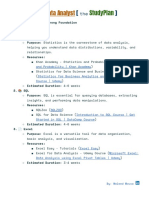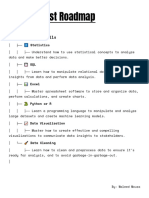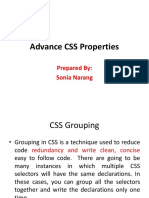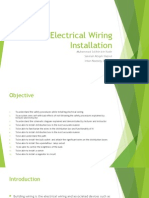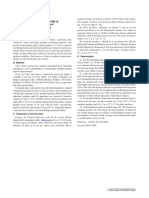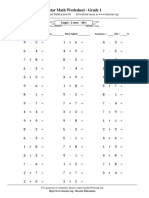0% found this document useful (0 votes)
16 views6 pagesData Analysis Roadmap
Learning data analysis remains highly relevant despite the rise of AI and LLMs, as these technologies serve to augment human analysts rather than replace them. The document outlines a structured learning path over 12 months, emphasizing hands-on projects, core tools like Excel and SQL, programming with Python, data visualization, and leveraging AI for enhanced efficiency. It also highlights the importance of soft skills, networking, and building a strong portfolio to secure employment in the field.
Uploaded by
adithyaram011549Copyright
© © All Rights Reserved
We take content rights seriously. If you suspect this is your content, claim it here.
Available Formats
Download as DOCX, PDF, TXT or read online on Scribd
0% found this document useful (0 votes)
16 views6 pagesData Analysis Roadmap
Learning data analysis remains highly relevant despite the rise of AI and LLMs, as these technologies serve to augment human analysts rather than replace them. The document outlines a structured learning path over 12 months, emphasizing hands-on projects, core tools like Excel and SQL, programming with Python, data visualization, and leveraging AI for enhanced efficiency. It also highlights the importance of soft skills, networking, and building a strong portfolio to secure employment in the field.
Uploaded by
adithyaram011549Copyright
© © All Rights Reserved
We take content rights seriously. If you suspect this is your content, claim it here.
Available Formats
Download as DOCX, PDF, TXT or read online on Scribd
/ 6

